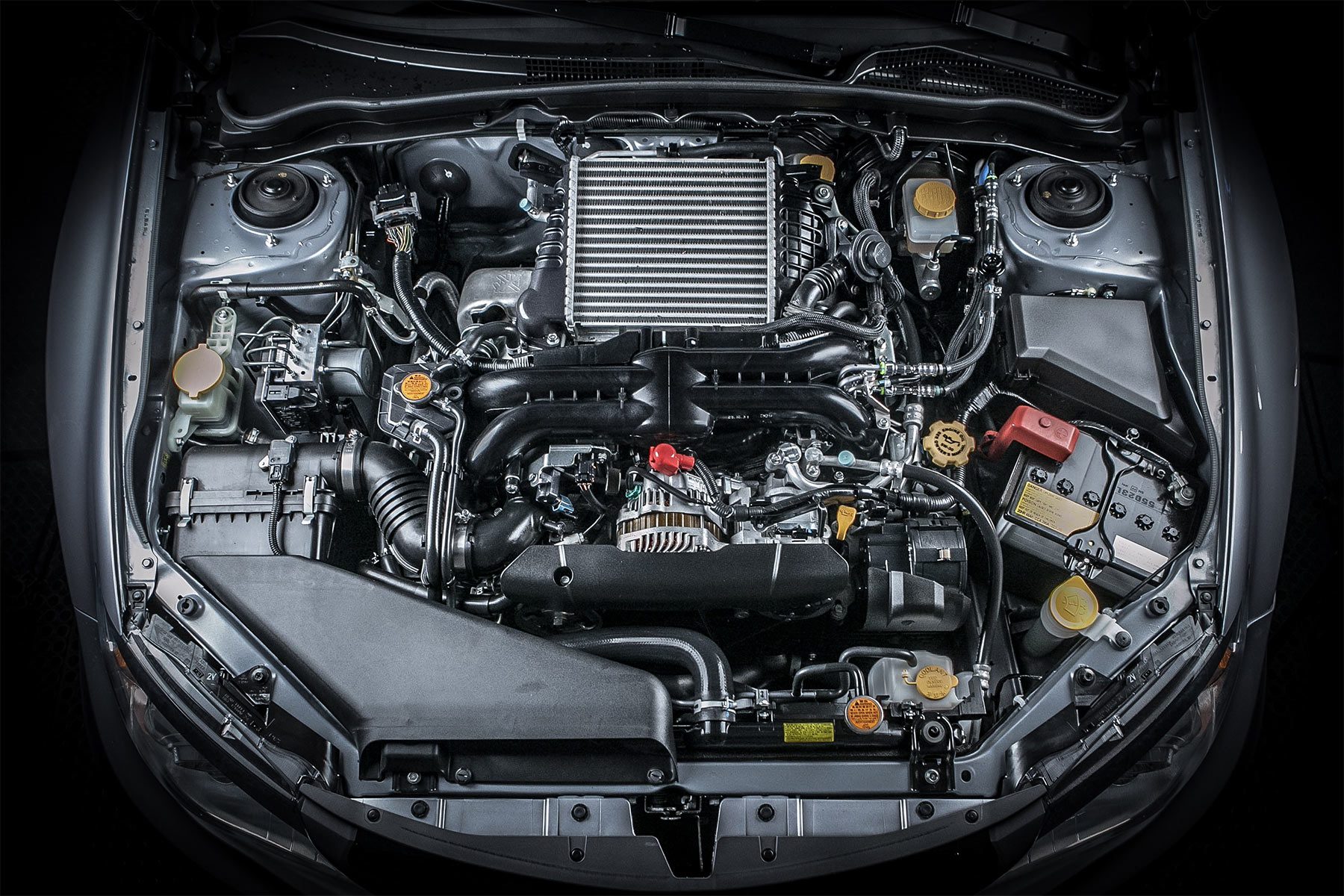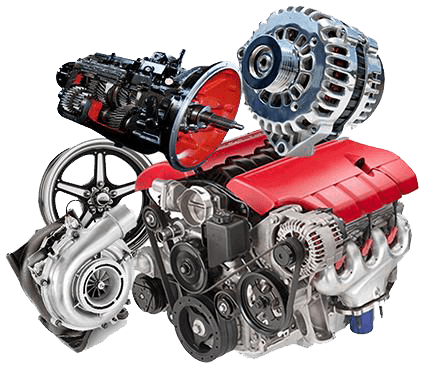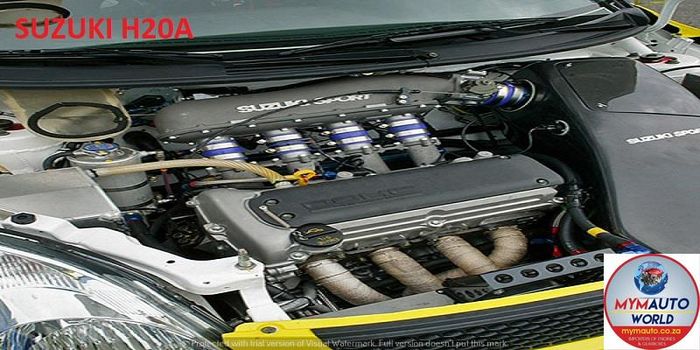Opel Corsa Engine: Efficiency and Reliability for Your Car
Opel Corsa Engine: Efficiency and Reliability for Your Car
Blog Article
Checking Out the Inner Workings of a Compact Lorry's Engine System
As vehicle drivers, we commonly take for given the detailed procedures that happen within the confines of our lorry's engine system. The small yet complex equipment that drives us ahead is a wonder of design precision and control. From the controlled surges in the combustion chamber to the meticulous timing of gas injection, every part plays a vital role in the smooth procedure of the engine. In this exploration of a compact automobile's engine system, we will untangle the inner operations of this mechanical harmony, dropping light on the enigmas that drive us ahead on our everyday journeys.
Burning Process Review
The combustion process in a portable lorry's engine system is an important system that successfully converts fuel right into power to power the automobile. This procedure occurs within the burning chamber of the engine, where gas and air mix, spark, and generate regulated explosions. The combustion procedure includes four main stages: consumption, compression, power, and exhaust.
During the consumption phase, the piston moves downward, attracting in a mix of air and gas into the burning chamber. The next phase, compression, entails the piston moving up, pressing the air-fuel mix to increase its strength. Subsequently, in the power stage, the stimulate plug ignites the compressed blend, resulting in a fast growth of gases that forces the piston pull back. This downward activity generates the power needed to drive the automobile. In the exhaust stage, the burnt gases are eliminated from the combustion chamber through the exhaust valve, preparing the chamber for the following cycle. This cyclic burning process is essential to the procedure of a compact car's engine system, ensuring reliable power conversion for propulsion.
Piston and Cylinder Interaction

The piston's specific fit within the cylinder is essential for maintaining ideal compression and avoiding energy loss during combustion. Tight clearances between the piston and cylinder walls guarantee efficient sealing, allowing the piston to move efficiently without permitting gases to leakage past. Correct lubrication is additionally crucial to minimize friction and put on in between these elements, improving longevity and efficiency.
In addition, the layout and materials used in manufacturing the piston and cylinder influence engine performance and longevity. Modern engines frequently employ light-weight yet long lasting products like aluminum alloys for pistons and cylinder liners to lower inertia and improve thermal effectiveness. In general, the unified communication between the piston and cylinder is basic to the engine's performance and overall efficiency.
Gas Injection System Capability
Fuel injection systems in portable automobile engines play an important role in exactly providing gas to the burning chamber for controlled and reliable ignition. The gas injection system works by injecting gas into the burning chamber at the optimal minute during the engine's operation (opel corsa engine). This specific timing makes sure that the fuel blends evenly with the air for appropriate burning, causing boosted fuel performance and decreased exhausts
There are mainly 2 types of gas shot systems made use of in small automobile engines: port fuel shot (PFI) and direct fuel injection (DFI) PFI systems inject fuel into the intake port prior to the intake valve, while DFI systems infuse gas straight into the combustion chamber. Both systems have their advantages, with DFI providing far better fuel atomization and PFI offering a more cost-effective remedy.
Comprehending Engine Air Conditioning Devices
Reliable procedure of a portable lorry's engine counts greatly on the efficiency of its cooling systems. The air conditioning system in a portable lorry typically is composed of numerous parts index functioning together to regulate the engine temperature level. Comprehending these engine air conditioning systems is important for maintaining the efficiency and durability of a compact car's engine system.

Exhaust System Elements Explained
The optimal functioning of a portable lorry's engine air conditioning systems relies on a corresponding system known as the exhaust system, which comprises different essential elements for ensuring reliable exhausts and engine performance. The exhaust system consists of components such as the exhaust manifold, click this link catalytic converter, muffler, and tailpipe. The exhaust manifold accumulates exhaust gases from the engine's courses and cylinders them to the catalytic converter. The catalytic converter after that transforms hazardous contaminants in the exhaust into less dangerous exhausts before launching them with the muffler and tailpipe.
One crucial element of the exhaust system is the oxygen sensor, which keeps track of the oxygen degrees in the exhaust gases to help control fuel usage and ensure optimal engine efficiency. opel corsa engine. In addition, the resonator may exist in some exhaust systems to reduce noise degrees. Generally, the exhaust system plays a vital role in preserving engine performance, reducing unsafe discharges, and making certain a quieter driving experience for compact car proprietors

Conclusion
To conclude, the portable vehicle's engine system is a complicated mix of parts that interact to assist in the burning procedure, transform gas into energy, and get rid of waste gases. Recognizing the internal functions of the engine system, consisting of the piston and cyndrical tube interaction, fuel injection system, engine cooling systems, and exhaust system elements, is vital for keeping optimum efficiency and efficiency of the vehicle.
The combustion process in a compact vehicle's engine system is an important device that successfully transforms gas right into power to power the automobile.Gas injection continue reading this systems in compact car engines play a vital function in exactly providing fuel to the combustion chamber for efficient and regulated ignition.There are largely 2 types of fuel injection systems used in portable lorry engines: port fuel shot (PFI) and straight fuel shot (DFI) Recognizing these engine air conditioning systems is crucial for preserving the performance and longevity of a portable automobile's engine system.
The ideal functioning of a compact vehicle's engine air conditioning systems depends on a complementary system known as the exhaust system, which consists of different necessary elements for guaranteeing efficient exhausts and engine efficiency.
Report this page